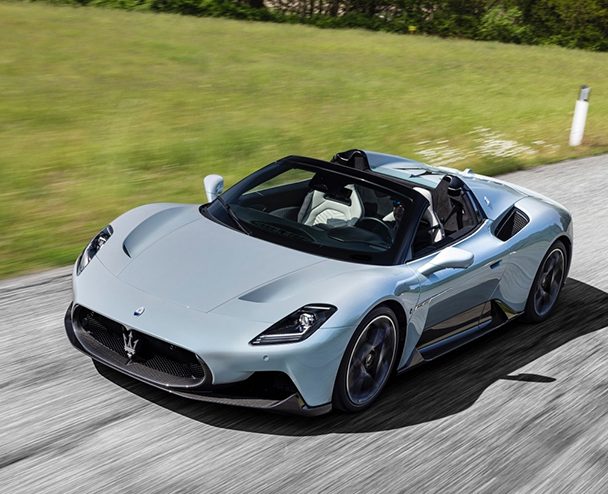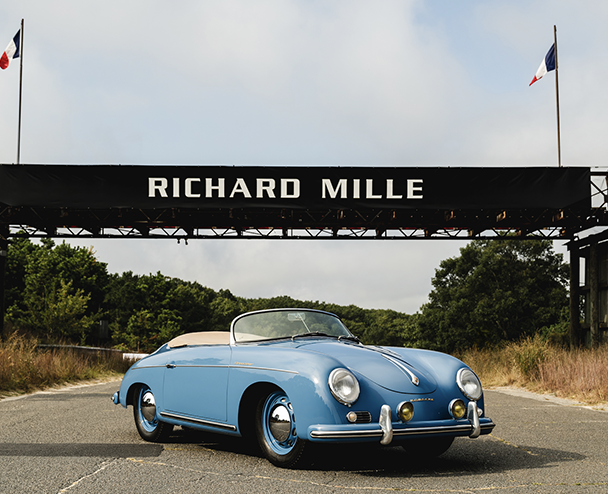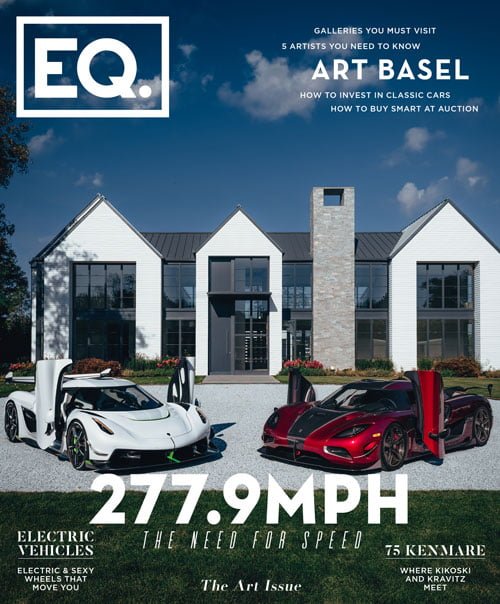
U.S. Fans Catch Formula 1 Fever
For more than 70 years, Formula 1 has been one of the world’s pinnacle motorsports, intriguing viewers through its mix of glitz and glamour, high speed twists and turns and the billions of dollars’ worth of spectacle that come with every traveling roadshow event.
WRITTEN BY JACK WILLIAMS
Despite mixed results in years past, recent data suggests that the sport’s U.S. popularity may finally be gaining traction.
The sport itself—competing in a landscape dominated by NASCAR and Indy Racing—previously had a stop-start relationship hosting its own U.S. Grand Prix. Formula 1’s version of the race returned to the U.S. in Austin, TX, in 2012. Before then there were spells in Indianapolis, IN, 2000-2007; Phoenix, AZ, 1989-1991; Watkins Glen, NY, 1961-1980; Riverside, CA, 1960; and Sebring, FL, 1959.
Data collected by Nielsen, a global information and measurement company, shows that since the 2012 return to Austin, U.S. interest has risen from 17 percent to 21 percent in May 2018, and fans “very interested” or “somewhat interested” peaked as high as 24 percent during that six-year timeframe.
The profile of the average American Formula 1 fan reflects the high-end aspects of the sport, which had annual revenues of $1.827 billion during its 21-race season in 2018. The average fan is male, aged 25 to 44; and typically has an annual income of over $75,000.
Peter Habicht, the founder of Formula 1’s largest fan group in America with around 2,500 members, believes that digital media and increased behind-the-scenes access to the sport has helped improve interest dramatically.
In years prior, Formula 1 chased new streams of revenue by granting grands prix to Abu Dhabi, Singapore, Shanghai and Kuala Lumpur. This benefitted the sport globally, but in the process damaged the chances of maintaining a footprint in the U.S., where live races (the primary focus) varied dramatically compared to dedicated time slots tied to other motorsports.
U.S.-based Liberty Media, in 2017, acquired Formula 1 for $8 billion and their approach to coverage seemingly improved. At the time, the new CEO declared that despite varying global start times, the sport’s focus in the U.S. would be on Super Bowl-like events for mobile content; behind-the-scenes access would keep fans engaged away from such races.
Today, Habicht and others enjoy YouTube channels and podcasts dedicated to drivers, on and off the circuit. “They’ve been able to go behind the scenes, showing a more human side of the sport,” says Habicht. Premiering in March 2019, a Netflix original series, Formula 1: Drive to Survive, took an exclusive look at the intense and lavish lifestyles of the sport’s drivers and their teams. In a recent interview, Sean Bratches, the managing director of commercial operations for F1, said that digital consumption in the U.S. is up “significantly,” placing the U.S. as the No. 2 market globally for F1.com from a nominal standpoint, behind the U.K.
On a ground level, too, Formula 1 has aimed to keep fans in the U.S. engaged year-round—not just when the U.S. Grand Prix rolls into Texas. In the past two years, fan events have been held in Miami, Los Angeles and Chicago. Habicht encourages the sport to host more, as well as embrace the celebrity ties the glamorous sport already has in America—whether it be fans like Matt LeBlanc and Keanu Reeves, or friends of drivers, like Stephen Curry.
Ultimately, the growth of Formula 1 in America will be dependent less on the U.S. races themselves, those events continue to attract a loyal fanbase. But, the focus will shift to what Formula 1 has become in the 21st Century: less a series of glamorous, high-intensity events and their foot traffic; and, more a global, all-access media and entertainment brand with those races at its soul.











